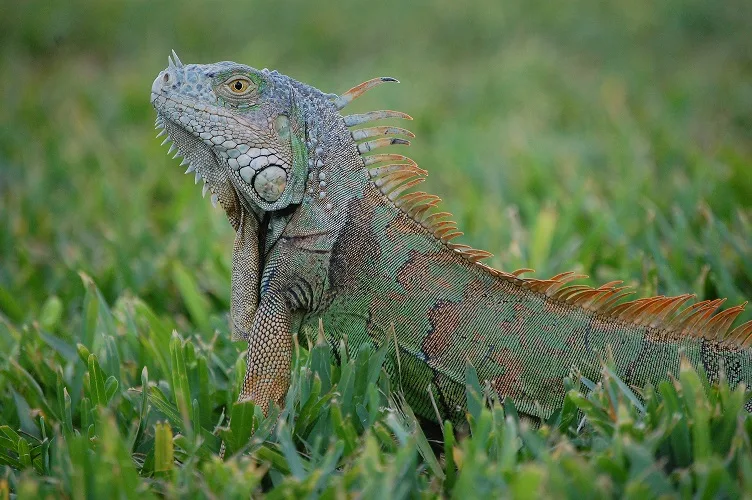
Florida lizards may be evolving to withstand the cold
A new study provides insight into Florida's lizards.
For a few years, The Weather Network has been keeping an eye on Florida's lizards. These cold-blooded creatures fare best in warm conditions, and an unseasonable chill can cause some of them to freeze up and fall from trees.
It looks dramatic -- but most of the time, the lizards are fine once temperatures return to normal. This short-term paralysis is just one of the ways they have evolved to ride out cold weather. Other, more long-term tactics include burrowing underground or finding a safe spot to remain still and drop their body temperature.
During a cold snap in January, which brought along some of the lowest temperatures in a decade, researchers descended onto Florida streets to study the comatose lizards that lined walkways. Most of the lizards collected weren't native to the area, having migrated into the state over the past century.
Upon closer inspection, scientists were surprised to learn the lizards are more adaptable to the cold than previously thought.
"When air temperatures drop below a critical limit, lizards lose the ability to move. Most commonly, the lowest daily temperatures occur at night while many diurnal (day-active) lizards are asleep," biologist James Stroud, a postdoctoral research associate at Washington University in St. Louis and the lead author in a new study on the subject told CNN.
"As many diurnal lizards typically sleep above the ground, perched safely in and among leaves and branches, they may lose their grip if temperatures drop below this critical functioning limit."
Previous research by Stroud and his colleagues revealed different types of lizards have different degrees of cold tolerance. Typically, lizards will feel stunned if temperatures drop below 8-11°C, depending on the species.
Once it dips lower than that, sleeping lizards will lose their grip and fall.

Iguanas are common in Florida. File photo uploaded to The Weather Network by Joan Huang.
SURPRISE FINDINGS
When researchers collected lizards from the January cold spell, they were surprised to learn all the specimens could tolerate temperatures down to about 8°C, regardless of the species.
“A major unexpected result of this study was that all species converged on the same new, lower level of thermal tolerance,” Stroud said in a statement.
“While there was great variation in temperature tolerance before the cold event — some, like the large-bodied brown basilisk, were very intolerant of low temperatures, while others like the Puerto Rican crested anole were more robust — we observed that all species could now tolerate, on average, the same lowest temperature."
Stroud says in the statement the findings are "unexpected," given the diversity of the lizards studied.
Researchers now want to find out how they were able to acclimatize. One theory is the adaptation may be due to natural selection, meaning the January cold snap killed off the lizards that were unable to tolerate the temperatures, leaving the strongest behind.
There is also a possibility the reptiles have undergone physiological changes in response to the cold weather.
Either way, researchers say it is important to understand how and why the reptiles are responding to weather fluctuations, which are forecast to become more common due to climate change.
“While there is no doubt that climate change represents a major threat to species and ecosystems around the world, and deserves as much research attention as possible, this study provides fascinating insight and a glimpse of hope,” Stroud tells Washington University in St. Louis.
“Perhaps tropical and subtropical species can withstand more extreme climatic conditions than we expect.”











